A Young Lady on the beach, 1829,
signed and dated on the lower left
watercolor on paper
17 x 19.5 cm
Framed 30 x 32.3 cm
In many ways, this delicate watercolor is archetypal of Romantic art: the restranscription of a presumably violent emotion in a natural setting, where the young woman frees herself from convention - her hat falling to the right is seen as an important, symbolically-charged detail.
In the early 19th century, watercolor became the medium of choice for Romantic art.
Less ponderous, less solemn than oil on canvas, watercolor's lightness and intimacy lent it to this art of emotion and passion, where the encounter with nature was central.
English art played a pioneering role in the adoption of watercolor as a noble technique and an art form in its own right (no longer reserved for study drawings), and we can clearly see the influence of English art in this work by Grenier de Saint Martin.
François (or Francisque-Martin) Grenier de Saint-Martin was born in Paris in 1793.
He was the son of a former colonist of Saint-Domingue.
He first trained with Guérin, who made him make such rapid progress that he began to exhibit at the Salon at a very young age, with an Atala in 1810 for which he received a medal; he was then a pupil of Jacques-Louis David. After producing portraits and battles at the start of his career, he then specialized in picturesque genre scenes: representations of sailors on land, peasant and hunting scenes… the latter making him very popular thanks to their dissemination through lithography. Although an admirer of Napoleon, he obtained the favors of the Bourbons, and in particular of the Duchess of Berry who owned several of his works. He then received orders from Louis-Philippe for the Galerie des Batailles de Versailles, was made a Knight of the Legion of Honor in 1841, and Napoleon III bought hunting pictures from him at the Salon of 1857. His two sons Henri and Yves were also painters and exhibited at the Salon from 1857.





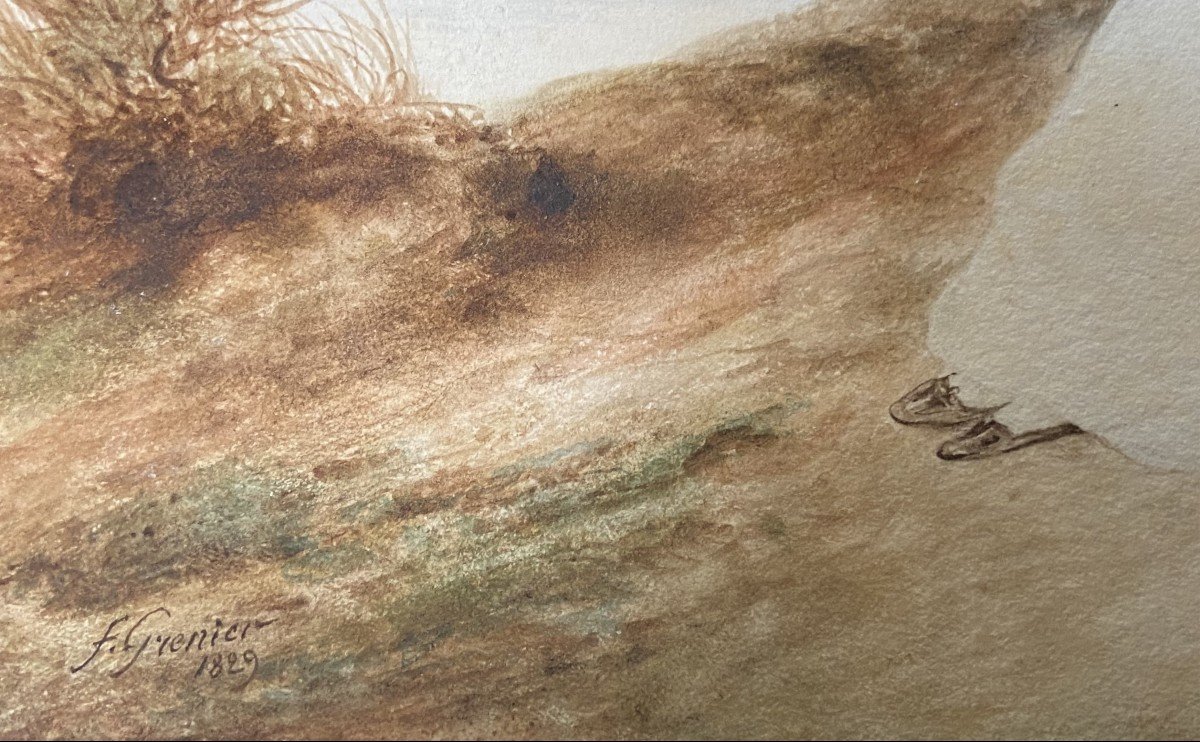

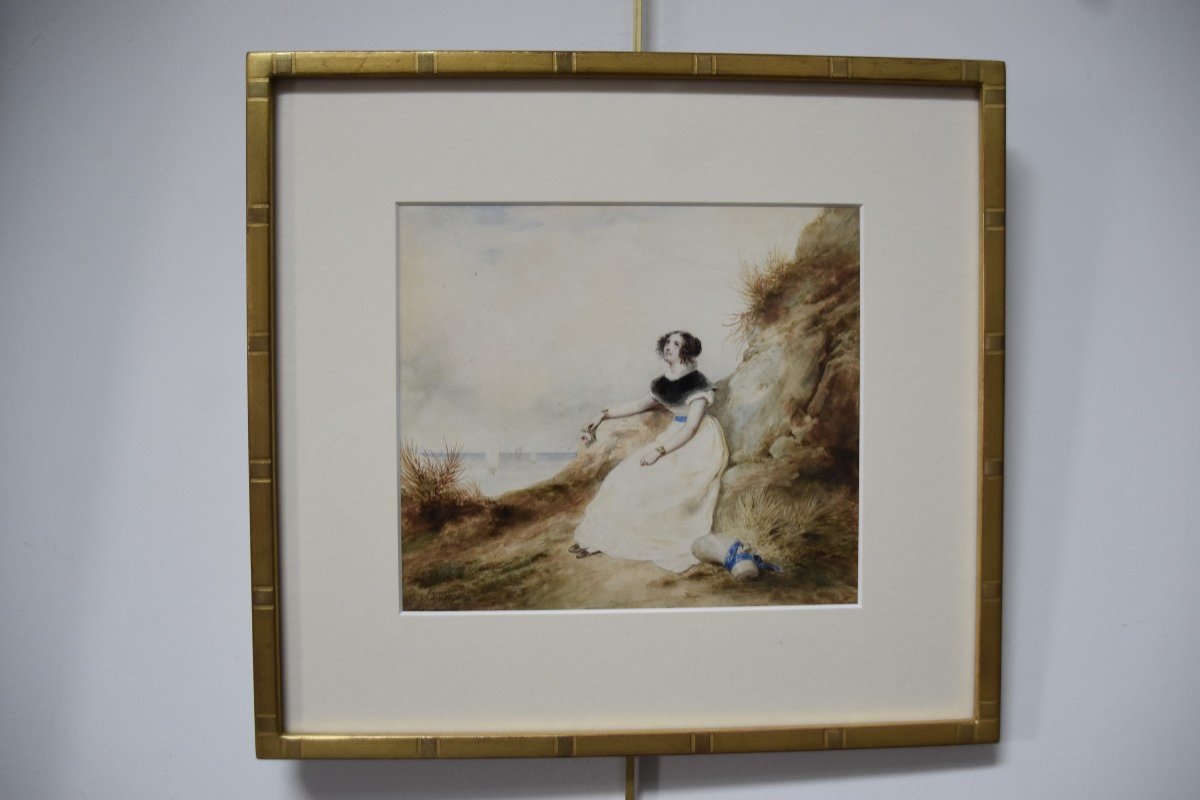
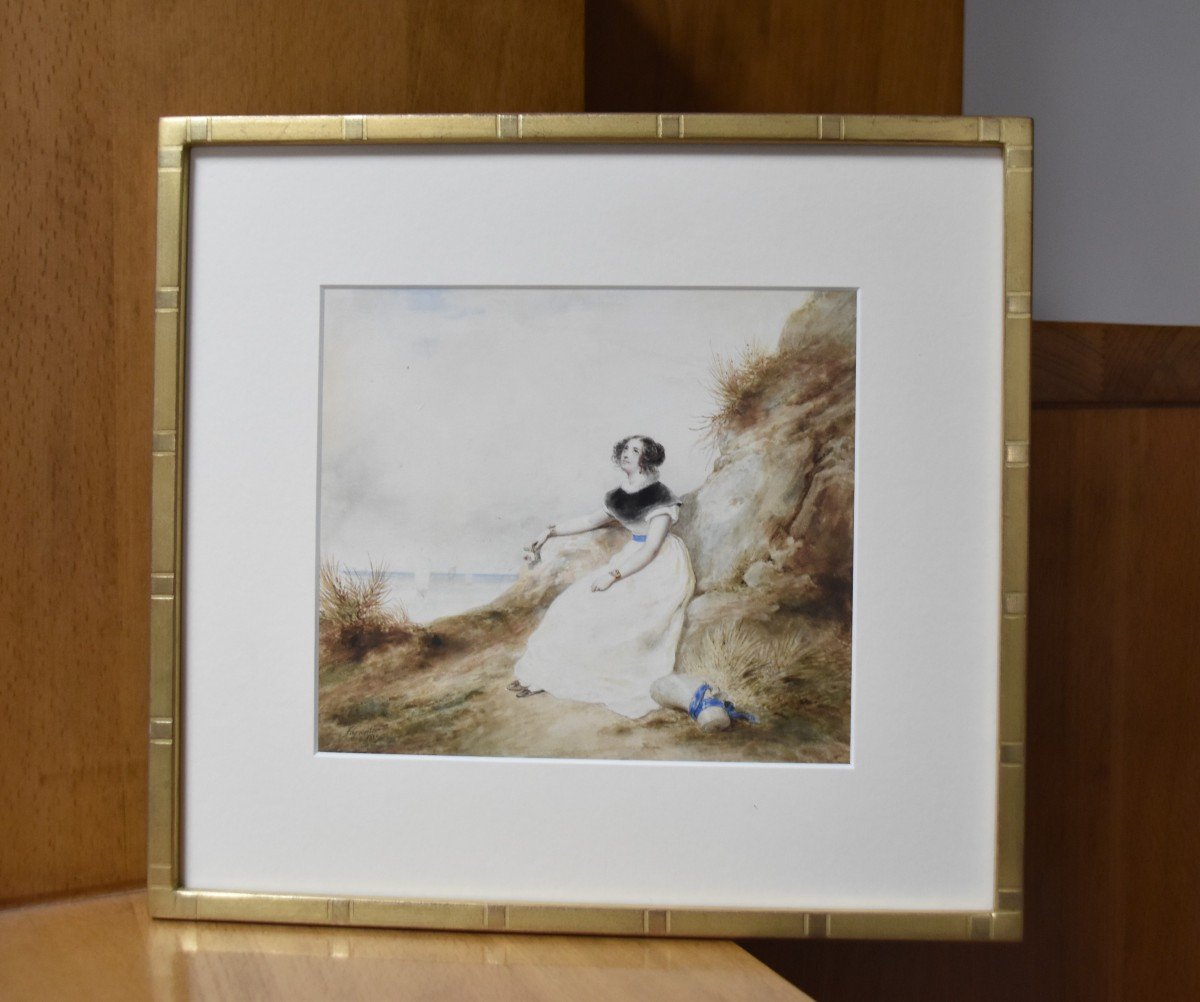

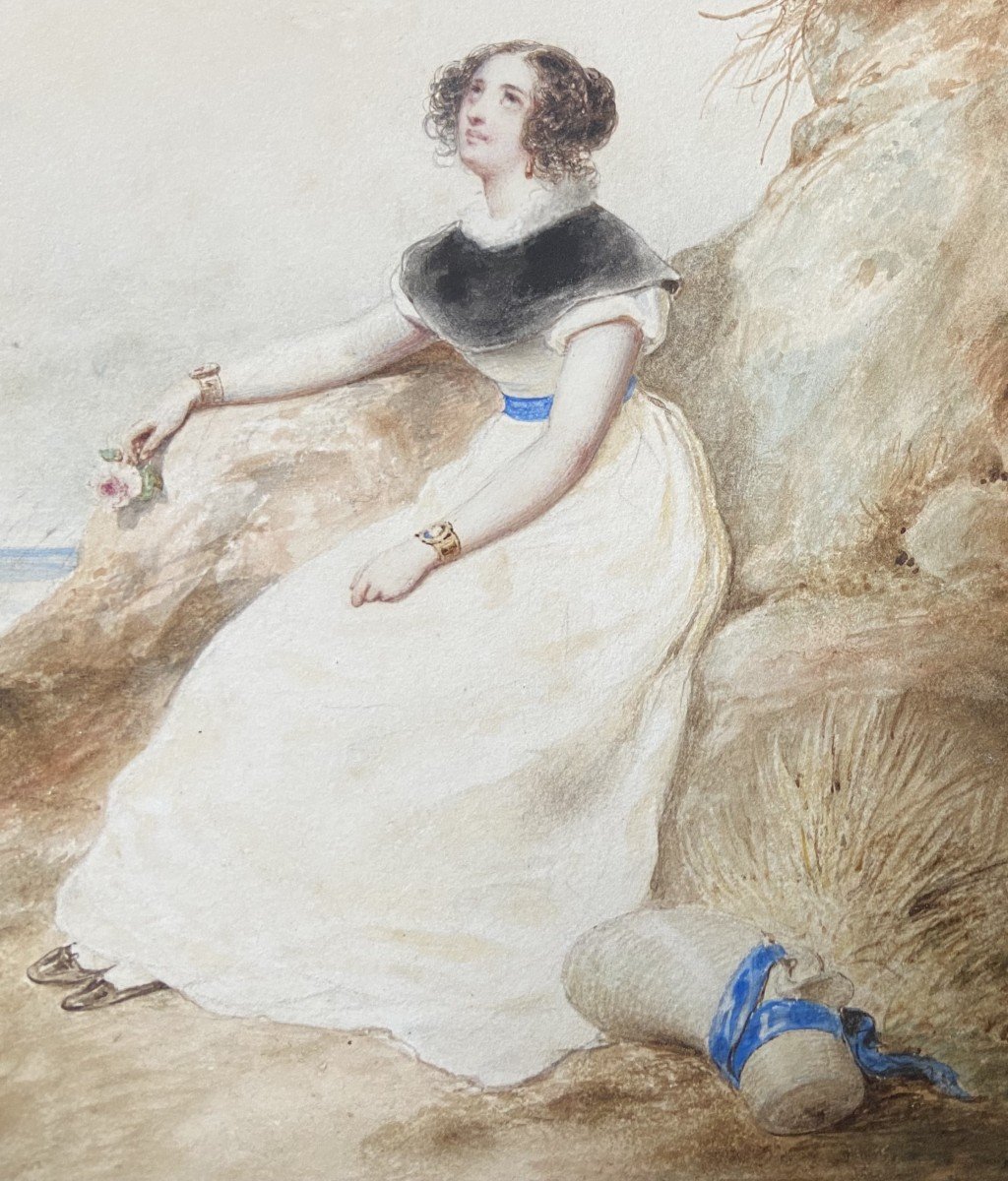
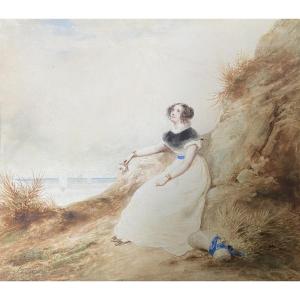














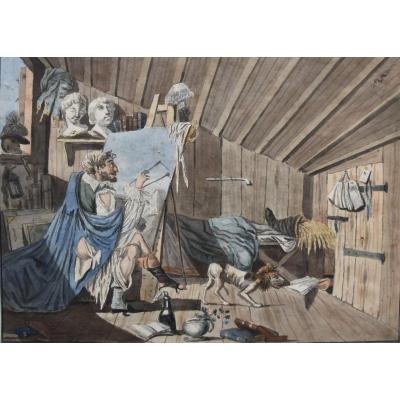







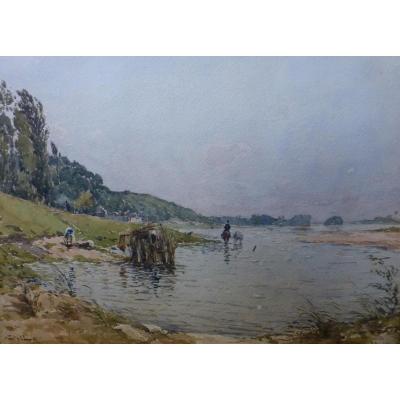

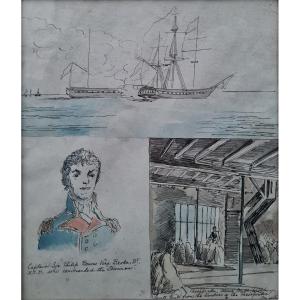







 Le Magazine de PROANTIC
Le Magazine de PROANTIC TRÉSORS Magazine
TRÉSORS Magazine Rivista Artiquariato
Rivista Artiquariato